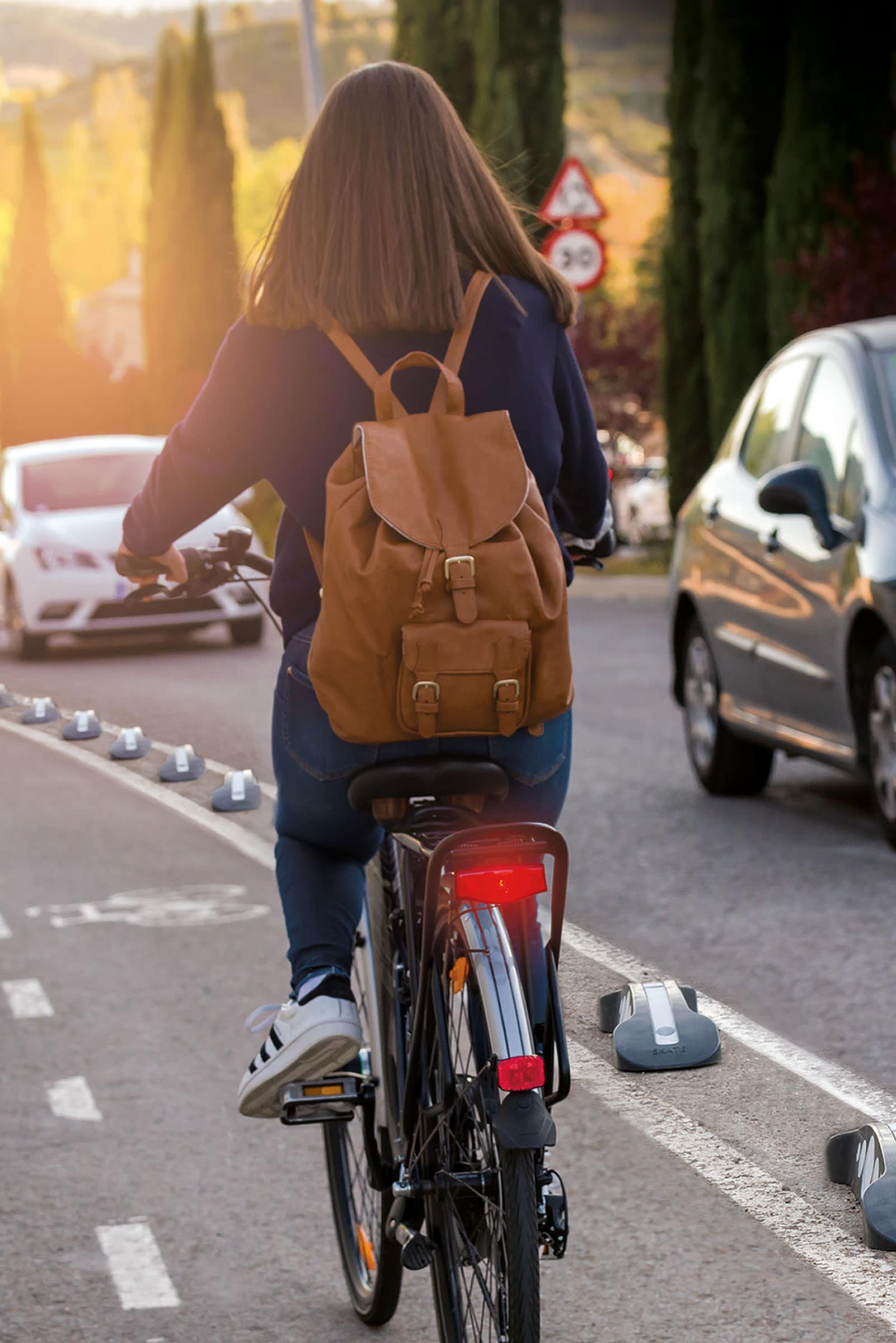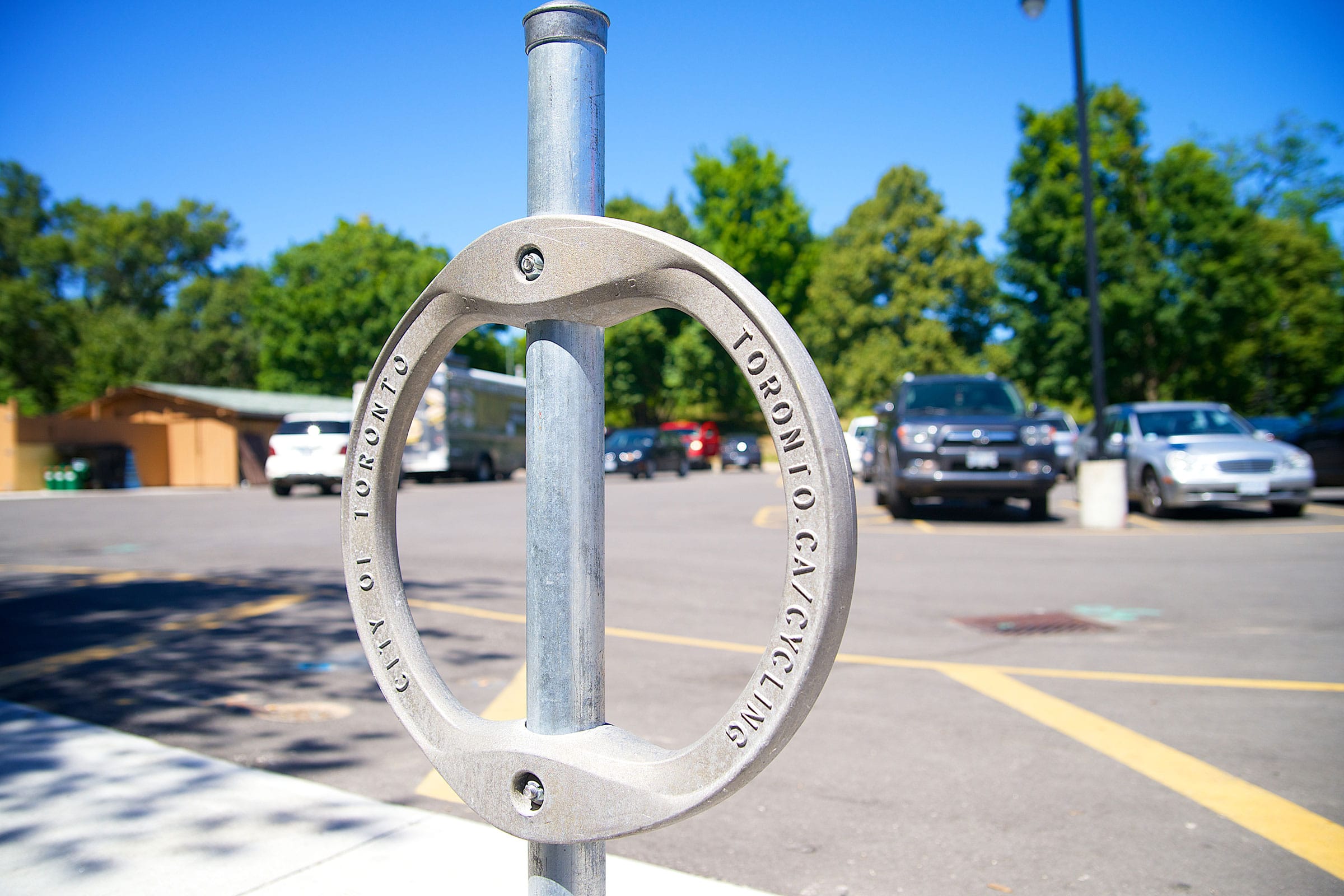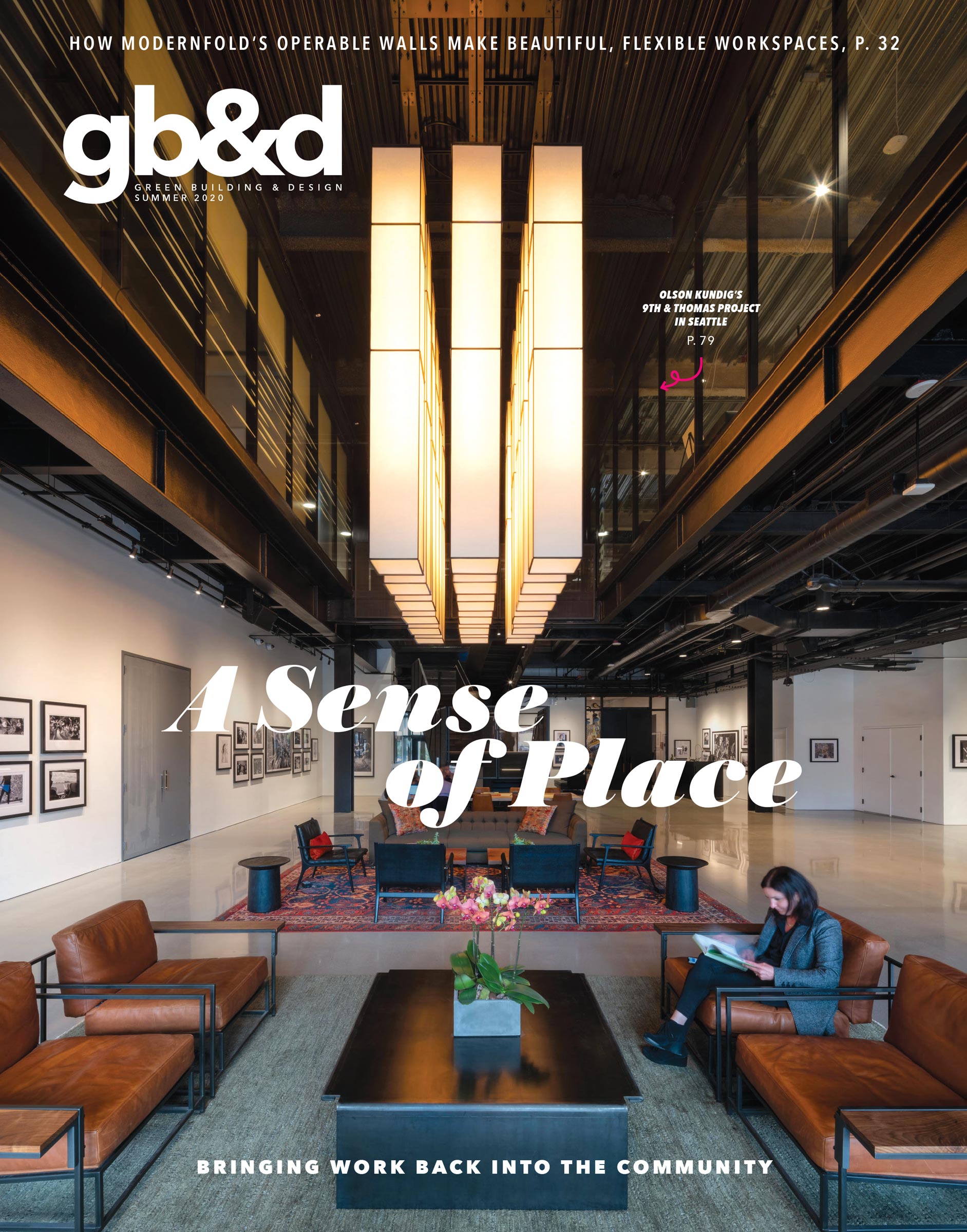Cycling isn’t typically the first thing to come to mind when thinking of Canada—on average, Montreal itself gets about 83 inches of snow each year. But the city also established the North America’s first bike lane in the 1980s, and more than half of people who live there bike at least once a week, according to a report released by Vélo Québec for the City of Montreal. Canada’s largest city, Toronto, isn’t much different. “More people are riding bikes here than ever before, and in some Toronto neighborhoods, more than 30% of people are regularly hopping on their bikes,” says Becky Katz, manager of cycling and pedestrian projects for the City of Toronto.
In 1977 Wayne Tucker started Classic Displays, an outdoor enhancement company that provides everything from holiday displays to site furniture and, since the ’90s, biking site furniture. Classic Displays works closely with cities across Canada and the US to improve urban design for cyclers as biking flourishes. From 2007 to 2016 alone, bike commuters doubled in the US’s 50 largest cities, according to the PeopleForBikes Foundation. “Toronto already has more than 600 lane kilometers of on-street cycling routes and nearly 350 kilometers of multi-use trails, and we expect to add about 120 lane kilometers of new cycling routes by 2021,” Katz says. “TransformTO, the City’s climate action strategy, aims to have 75% of all trips under 5 kilometers to be taken by bike and foot by 2050.” We recently talked to Tucker about Classic Displays’ work with Toronto and others to improve cyclists safety.
How Do Lane Separators Make Cycling Safer?
Classic Displays offers six types of reflective lane separators with varying dimensions to accommodate various traffic amounts. “People like to get out to see the environment, but they’re afraid to get on a bike on a city street. There’s too much traffic, too much danger, too much stress, so they stay home,” Tucker says. “Allowing people to ride into a safe environment not only gets them to ease the stress, it allows them to exercise. It allows them to socialize.”
The company also offers three types of bollards with wayfinding stickers. Bollards and lane separators are environmentally friendly products made with recycled components, and they help to protect bicyclists. “You can’t just drive safely down a lane, on a road, with a painted lane. It doesn’t protect you. It doesn’t make a driver aware there are bikers,” Tucker says. Adding bollards and lane separators to bike paths allows for increased biker visibility—and biker relaxation when they know they’re well protected.

Classic Displays also has a variety of bollards and lane separator solutions to make bikers and drivers feel safer. Photo courtesy of Classic Displays
What Else Should be Considered in Urban Design?
Of course, with an increase in biking comes an increased need for secure bicycle parking. Classic Displays’ 14 bike rack designs can hold anywhere from two to 26 bicycles. The designs vary in height, and some allow for double stacking or wall mounting. “City staff approach the placement of these facilities with an eye toward complementing and enhancing the surrounding public space,” Katz says. “That’s because practical things like bike rings and racks can also be appealing to look at and functional at the same time.”
The City of Toronto is making room for more bikes, too. Part of their building code states that, in residences like apartments and condos, one bicycle parking space must be provided per dwelling unit. As of 2016 more than 17,000 bike rings were positioned throughout Toronto.

Classic Displays’ bike racks come in a variety of colors and can hold anywhere from two to 26 bicycles. Photo courtesy of Classic Displays
What Impact Does Biking Really Have?
As bikes become more popular, Americans and Canadians alike seem to be leaving their cars behind in an effort to improve their health. “People have to have another way to get around, a healthier way, but most importantly, a safe way,” Tucker says. “You get great exercise and have a great day with your family riding safely. You’re getting stronger and healthier.”
Classic Displays designs with the mission to provide quality products that improve communities. “From an environmental standpoint, from a health standpoint, from a socialization standpoint, biking is the new way to experience a healthier life,” Tucker says. In designing bike lane separators, bollards, and parking structures, Classic Displays strives to get people outside to enjoy their environment. “If my designs can get more people biking, more people socializing, and help make a healthier community, I’m going to be a happy guy. I’ll go cycling into the future very content,” Tucker says.


